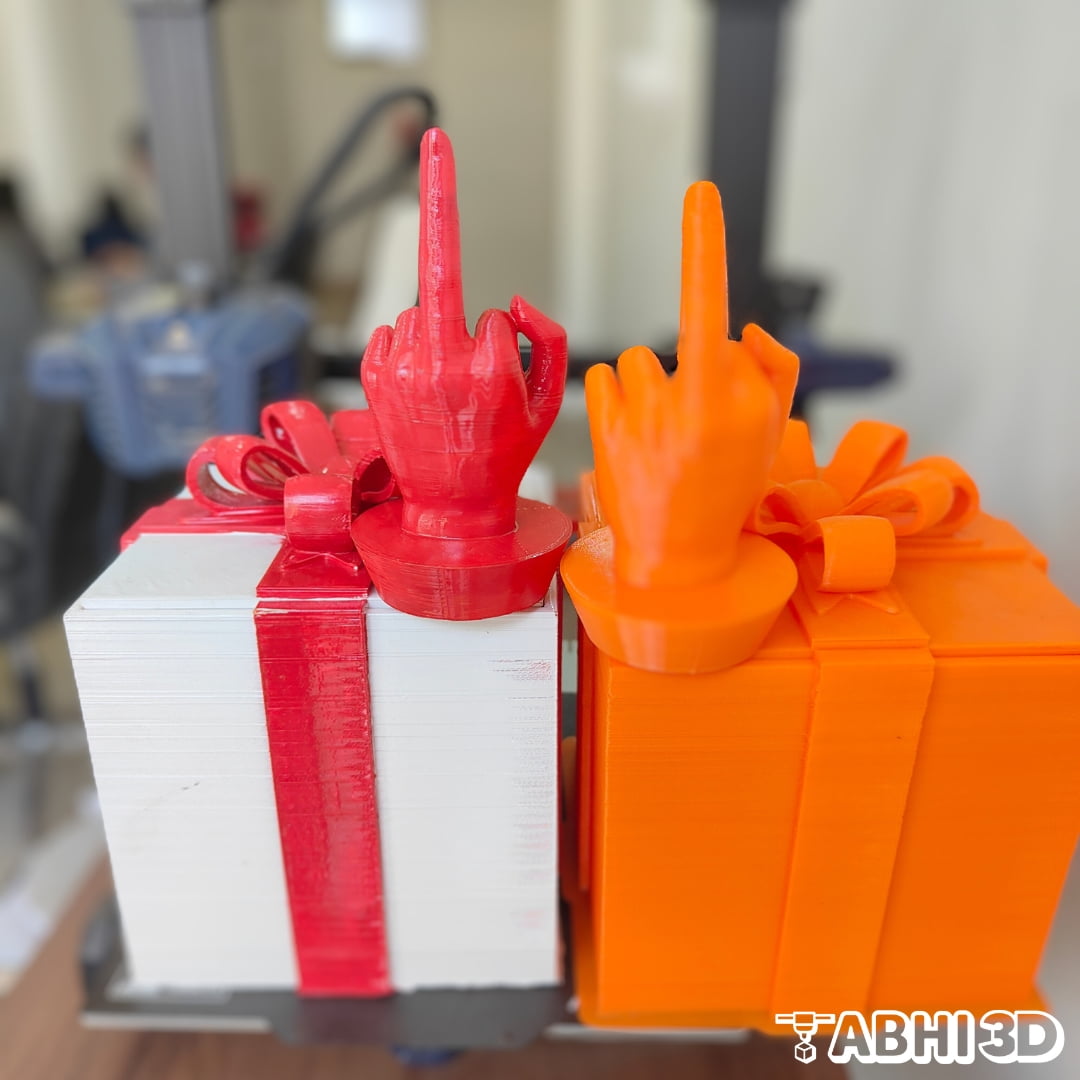0 infill means that the inside of a 3D-printed object is totally empty. In other words, the object’s interior remains empty and constructed with only its outer shell. Sounds a bit strange, right? But trust me, it’s useful in some cases. It can cut down on the amount of material used and even speed up the printing process.

Table Of Contents
0 Infill 3D Printer Setting:
Setting a 0 infill in slicer software is straightforward and can be accomplished by following a series of steps that are relatively consistent across most 3D printing slicing software. Here’s a general guide on how to set a 0% infill in Cura 3D printing slicing software:

- Open Cura, Prusa or any other 3D slicer and load your 3D model file.
- In the print settings panel, scroll down to find the “Infill” section.
- Adjust the infill density to 0.
- Review and configure other print settings such as layer height, print speed, and support settings.
- Click the “Slice” button to generate the G-code for your print.
- Save the G-code file.
- Transfer the G-code file to your 3D printer to start the print.
0 Infill Cube Example:
Below is the simple cube I printed with 0 Infill. I stopped printing it after it was 20% complete so you can see its internal structure which is completely hollow from the inside.

Advantages of 0% Infill in 3D Printing:
You might be wondering, “What’s the advantage of 0 Infill?” Well, I’m here to share some insights. From my experience, 0 infill can be useful in certain cases. It’s not just about saving material or time, but also about the unique properties it can add to your 3D-printed objects. So, let’s understand the benefits of 0% infill in 3D printing.

Material Saving: 0% infill has a significant advantage due to the reduction in material cost. Here you’re only printing the outer shell of an object when you print it with no infill. So it consumes less filament than when you print it with more infill. This not only saves on materials but also saves time.
Faster Printing Time: The second advantage of 0% infill is the increased speed of the printing process. The printer avoids filling in the object’s interior. The print job completes much faster as it only prints the outer shell. This advantage becomes particularly useful in specific projects. For example, printing multiple copies of an object in a short amount of time becomes more efficient.
Lighter Print: Objects printed with 0% infill are also lighter than those printed with a higher infill percentage. This can be an advantage in 3D prints where weight is a concern, such as in the production of drone parts or other lightweight devices.
Light Transmission and Visual Effects: If you use a translucent filament, you may achieve a more transparent final object with 0% infill. This transparency results from light passing more easily through the empty interior of the object than through a solid infill. Lampshades, light fixtures, or decorative items can benefit greatly from this infill setting.
Customization Possibilities: Hollow objects created using 0 infill provide enough room for customization. Designers can easily insert electronics, or other components into the empty interior, making it a practical choice for creating user-interactive objects and adding unique features.
Disadvantages of 0% Infill in 3D Printing:
Zero percent infill, though economical, has significant drawbacks. Like, it results in fragile prints. The absence of internal support makes the structure weak. Complex designs with overhangs or bridges are nearly impossible to print without infill. Let’s look at each disadvantage one by one:

Reduced Structural Integrity: Without infill, 3D-printed objects lack the internal structure that provides strength. This results in a fragile product. It may break or deform under minimal pressure.
Limited Durability: Objects printed with 0% infill have a shorter lifespan. They are more susceptible to wear and tear. This makes them unsuitable for long-term use or for applications requiring durability.
Poor Surface Quality: The absence of infill can lead to poor surface quality. The top layers may sag or warp due to lack of support. This results in an uneven finish and a less aesthetically pleasing product.
Inability to Support Overhangs: In 3D printing, overhangs are parts of the object that extend outward without support from below. Without infill, these overhangs may fail to print correctly. This limits the complexity of designs that can be printed without support structures.
Increased Material Waste: While 0% infill may seem like a way to save on material, it can lead to increased waste. Failed prints due to lack of support or structural integrity may require reprinting. This results in more material usage in the long run.
Limited Functional Use: Objects printed with 0% infill are often unsuitable for functional use. They lack the strength and durability required for many practical applications. This limits their use to mostly decorative or prototyping purposes.
Some Real-Life Projects Where You Might Consider Using 0 Infill:
0 infill can be a practical choice in several real-life applications, where the advantages of reduced material usage, lightweight design, and speed outweigh the disadvantages of reduced structural integrity. Ideal for decorative items, like vases or sculptures, where strength isn’t crucial. Here are some prints where using 0% infill is worth considering:

Art and Sculptures: Artists and sculptors often employ 3D printing for their creative projects. Hollow sculptures and decorative pieces can benefit from 0% infill, allowing for unique lighting effects and reduced material consumption.
Lighting Fixtures: The design of innovative lighting fixtures, such as lampshades and decorative light covers, can take advantage of 0% infill to create visually appealing and functional designs, while also allowing light to disperse in artistic patterns.
Costume and Cosplay Accessories: Enthusiasts of cosplay and costume design can utilize 0% infill to craft lightweight and intricately designed costume elements, such as masks, armor pieces, and accessories, that are comfortable to wear and showcase intricate details.







